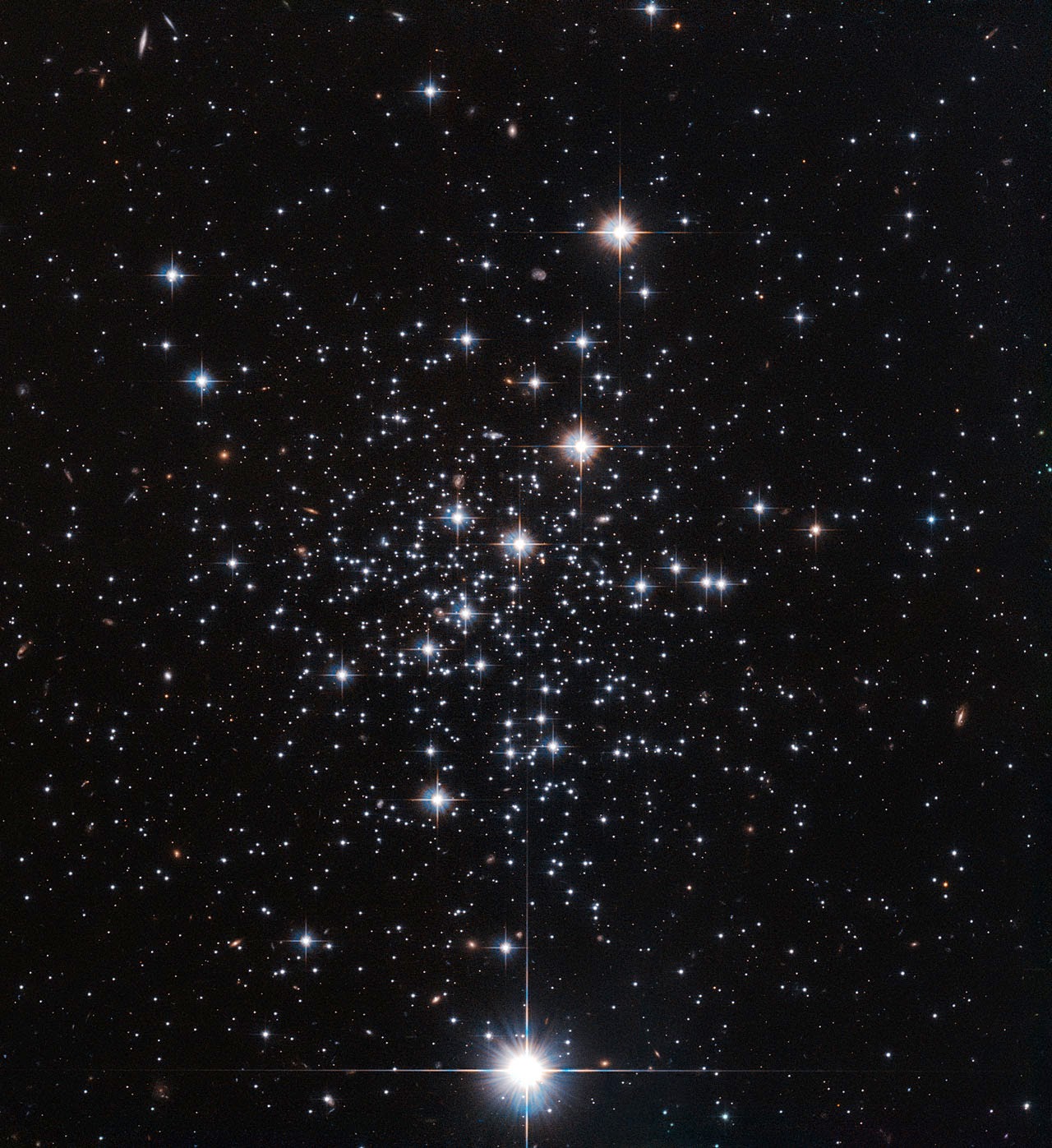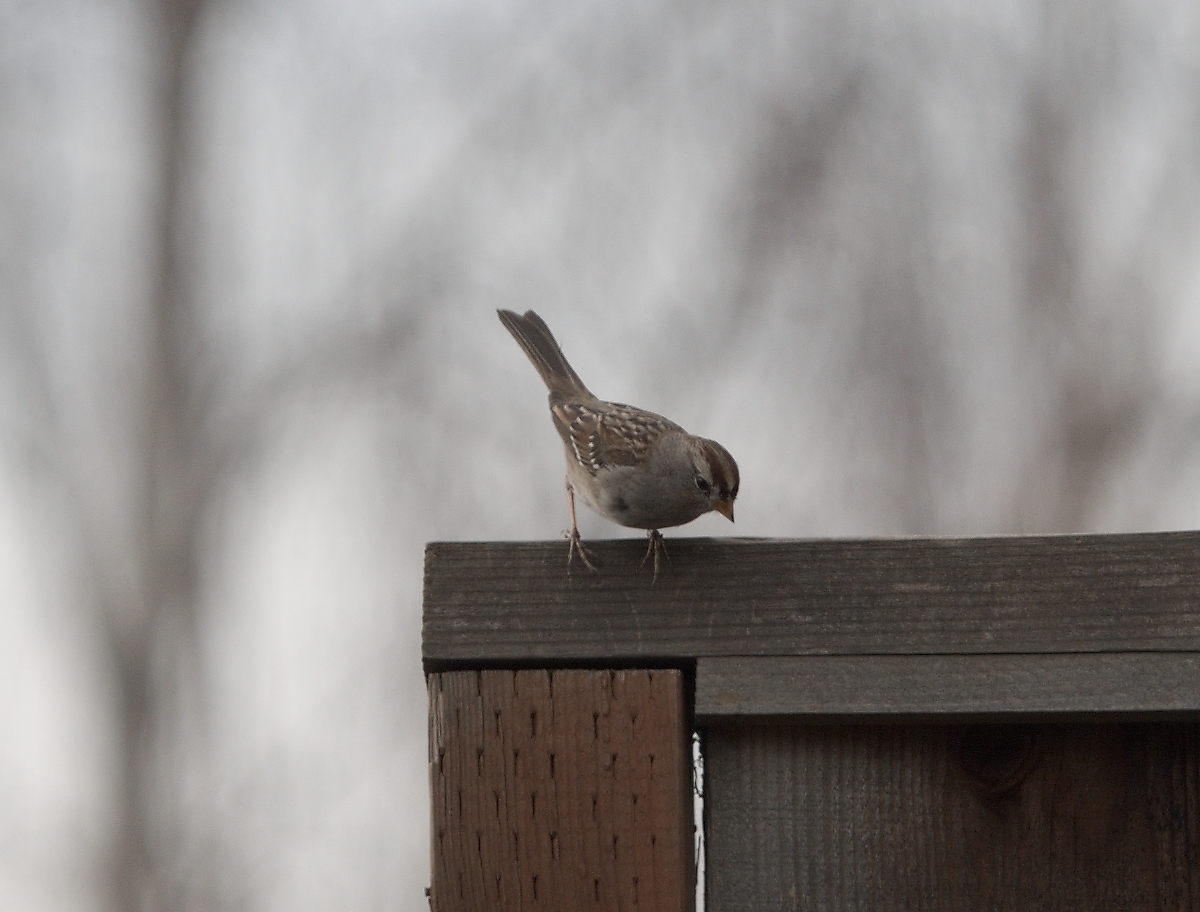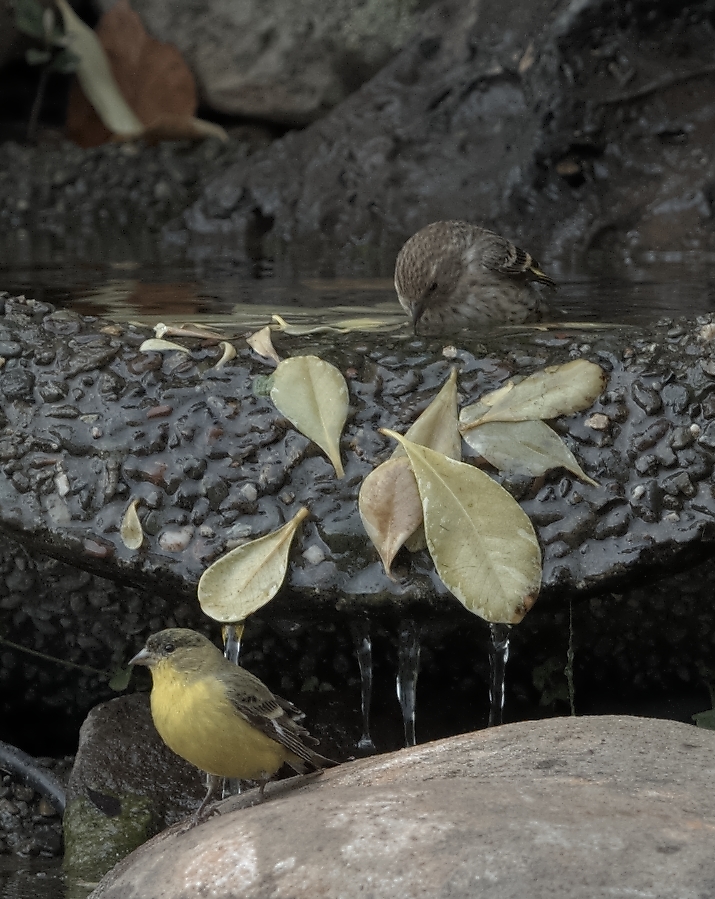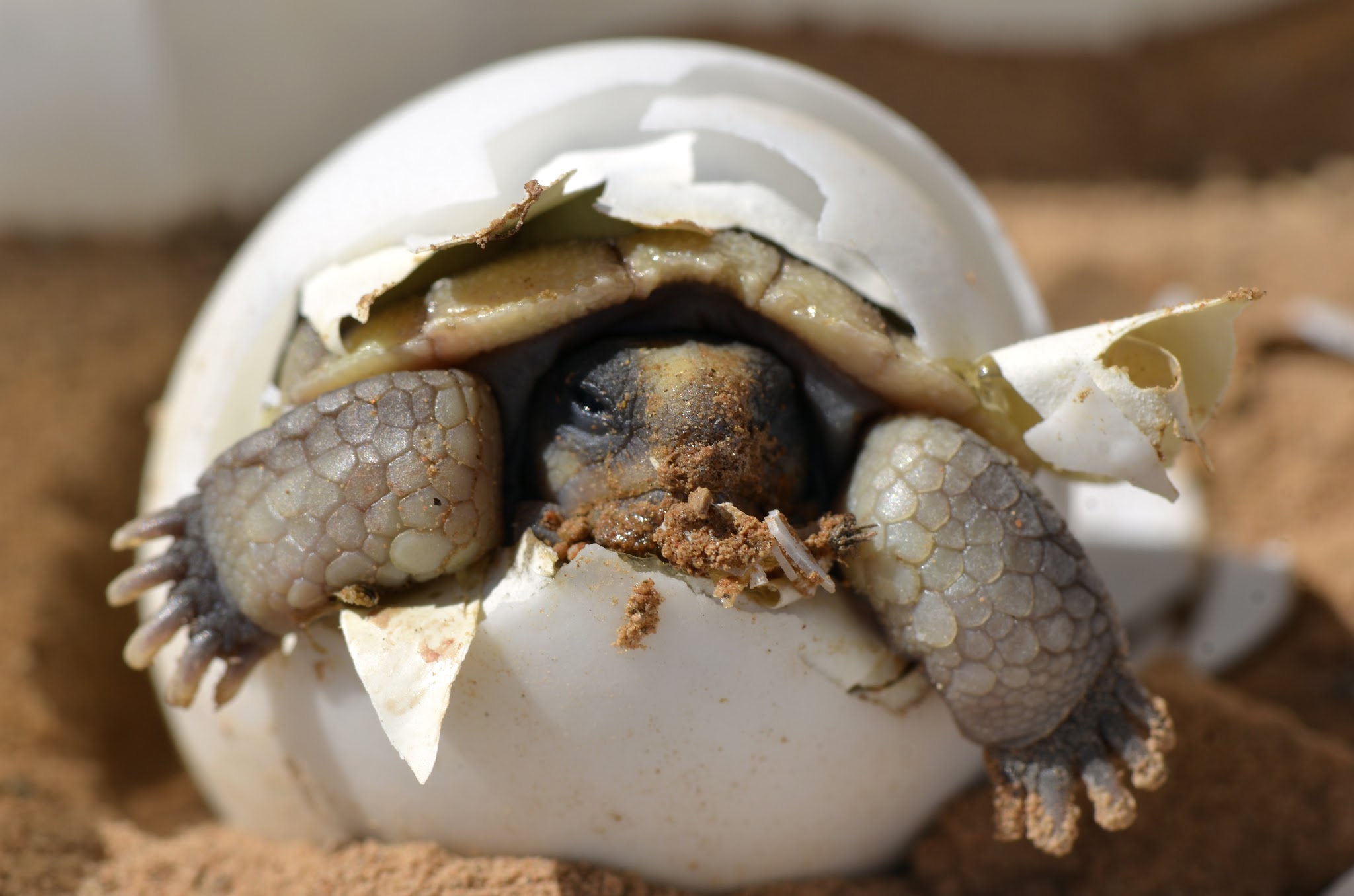Originally shared by Shah Khalid (Eusufzai)
http://www.codeproject.com/Articles/870835/HTML-Canvas-Create-a-Nice-Animation
Originally shared by Shah Khalid (Eusufzai)
http://www.codeproject.com/Articles/870835/HTML-Canvas-Create-a-Nice-Animation

Love the tiny galaxies in the distance… 🙂
Originally shared by Astronomy Picture of the Day (APoD)
Palomar 12
Image Credit: European Space Agency, ESA/Hubble, NASA
http://apod.nasa.gov/apod/ap150219.html
Palomar 12 was not born here. The stars of the globular cluster, first identified in the Palomar Sky Survey, are younger than those in other globular star clusters that roam the halo of our Milky Way Galaxy. Palomar 12’s position in our galaxy and measured motion suggest its home was once the Sagittarius Dwarf Elliptical Galaxy, a small satellite of the Milky Way. Disrupted by gravitational tides during close encounters the satellite galaxy has lost its stars to the larger Milky Way. Now part of the Milky Way’s halo, the tidal capture of Palomar 12 likely took place some 1.7 billion years ago. Seen behind spiky foreground stars in the sharp Hubble image, Palomar 12 spans nearly 60 light-years. It lies about 60,000 light-years away, toward the constellation Capricornus.
Backyard sunset, looking toward the San Mateo Bridge




Originally shared by David L.
California coast: 2
Bixby bridge on Highway 1.
Originally shared by Lê Nguyên Hoang
In 2013, three dozens of today’s brightest minds have just laid out new foundation of mathematics after a year of collective effort. This new paradigm better fits both informal and computationally-checkable mathematics. There is little doubt that it will fundamentally change our perspective on rigorous knowledge, and it could be that, in a few decades, the book they published turns out to be the bedrock of all mathematics, and, by extension, all human knowledge! Have a primer of this upcoming revolution, with this article on type theory, the theory that the book builds upon!

Originally shared by Paula Belt
Me gusta sentarme a mirar al mar y pasar un rato largo sin hacer nada, ni siquiera pensar. #mar #naturephotography #nature

A cat named Nini

Another backyard bird


Originally shared by USGS
Baby Desert Tortoise — Here’s your “awwwwwwww, so cute!” moment for the day…nothing tops this one.
Here we see a a desert tortoise (Gopherus agassizii) hatching from its egg, as photographed by one of our USGS scientists at the Western Ecological Research Center. USGS studies the life history and ecology of the desert tortoise, which is a federally listed threatened species only found in the Mojave Desert.
Young tortoises are especially prone to predators like dogs and ravens, whose numbers can increase around areas of human activity and structures. Adult tortoises can be killed by car traffic, ingesting trash, and wildfires, and are affected by loss of habitat from urban and industrial development, cutting short their potential lifespan of 100 years.
USGS research on desert tortoises are helping federal and state management agencies improve land use and conservation plans, and balance the recovery of this threatened species with other resource use priorities in the Mojave Desert landscape. Watch a video of a Desert Tortoise hatching at http://bit.ly/USGSTortoise.
Photo Credit: K. Kristina Drake, USGS.
#USGS #science #biology #tortoise #turtle #environment #conservation #egg #birth #baby #cute